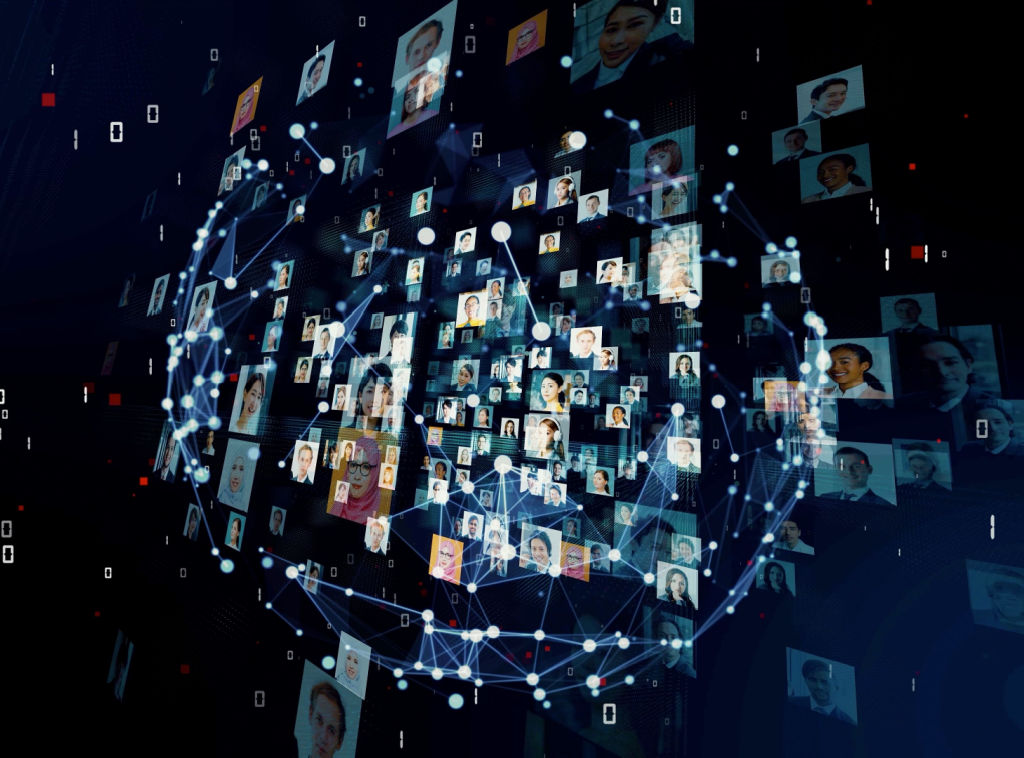Human trafficking is a widespread global issue that targets people of all ages for multiple purposes. People can be trafficked for labor or for various types of exploitation. In the digital age, it has become easier for traffickers to locate, communicate with, recruit, and sometimes even impersonate victims.[1] Traffickers rely heavily on social media to not only find victims but to advertise them to potential buyers/consumers; the anonymity the internet provides appeals to both trafficker and consumer.[2]
These fake job postings/advertisements are manipulated so that they appear normal to the average person but contain contact information, prices, locations, and other information for consumers of victims to identify
Most of the popular social media platforms are utilized by traffickers, the most notable are Facebook, Instagram, Snapchat, Kik, MeetMe, Myspace, WhatsApp, Tinder/Grindr, and Craigslist.[3] Traffickers use social media in multiple ways for different purposes. One way social media is used is for the posting of illegitimate job postings or other advertisements.[4] These fake job postings/advertisements are manipulated so that they appear normal to the average person but contain contact information, prices, locations, and other information for consumers of victims to identify. Some of these ads are accompanied by a photo of the victim who poses as an employee/client.[5] Facebook, in particular, allows for the facilitation of trafficking because it offers Facebook Groups, in which traffickers can communicate to a wide audience regarding finance issues, travel plans, and other recruitment information without being monitored by the public; Facebook Groups offer a layer of protection and secrecy.[6] However, Facebook Groups are not always used by traffickers. Some are more direct than others. Another way social media is used by traffickers is that they can use it to isolate their victim(s), impersonate them, and monitor their activity.[7] One thing all social media platforms have in common is that they can allow traffickers to create fake profiles, which they can use to communicate with victims and consumers alike.
Facebook, in particular, is known to be frequently used by traffickers. In 2014, Sarah Cooper was contacted via Facebook by a trafficker who groomed her and ultimately abducted and trafficked her for two weeks.[8] Another case involves a 17-year-old girl who was also contacted by a 32-year-old trafficker through Facebook. This 17-year-old was also groomed by the trafficker through Facebook Messenger and text messages. Like Sarah, the 17-year-old was also trafficked but managed to escape.9] One of the most well-known social media trafficking incidents is the seizure of a website called Backpage. When Backpage was seized by authorities, it was responsible for 80% of all online advertisements and the transfer of exploitative material.[10]
Human trafficking is very difficult to combat. However, there are several open source tools that can be used to identify both traffickers and victims. One tool provided by social media platforms themselves is the location services. If location services are enabled, it is possible to find and locate when and where a device was used, which may be useful in locating a victim.[11] Another tool is called PhotoDNA, which is developed by Microsoft and is most commonly used by Law Enforcement and the National Center for Missing and Exploited Children. PhotoDNA uses and compares unique photo hashes to locate copies of a photo, which can lead to identifying exploitation.[12] Related to PhotoDNA, an organization called Thorn offers the Industry Hash Sharing Platform which can be used by social media platforms themselves to identify and disrupt the circulation of exploitative material.[13] On an individual level, a specially-trained analyst can identify key behaviors and activities online to identify victims along with traffickers on all social media platforms. Individual personas can also be beneficial in sting operations.[14]
Endnotes:
- The Role of Social Media in Human Trafficking
- Human Trafcking Network Investigations: Te Role of Open Source Intelligence and Large-Scale Data Analytics in Investigating Organized Crime
- Human Trafficking and Social Media.
- Human Trafficking and Social Media.
- Human Trafficking and Social Media.
- Human Trafficking and Social Media.
- Human Trafficking and Social Media.
- Trafficking survivor shares story about how predators groomed her on social media
- How Sex Traffickers Use Social Media to Find, Groom, and Control Victims
- Human Trafficking and Social Media.
- On-Ramps, Intersections, and Exit Routes:
- PhotoDNA
- Sharing hashes across industry.
- Ow Open-Source Intelligence and Geospatial Intelligence Can Be Used to Stop Human Trafficking




